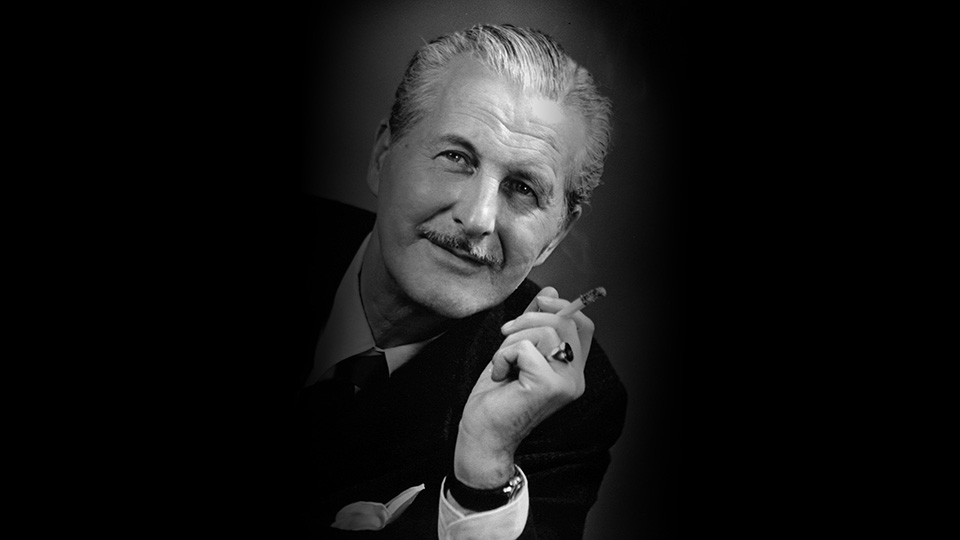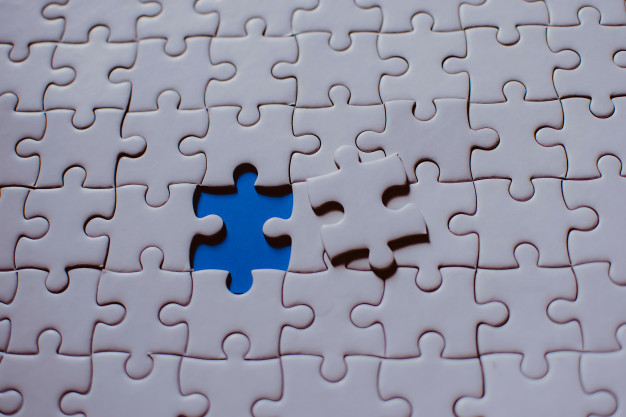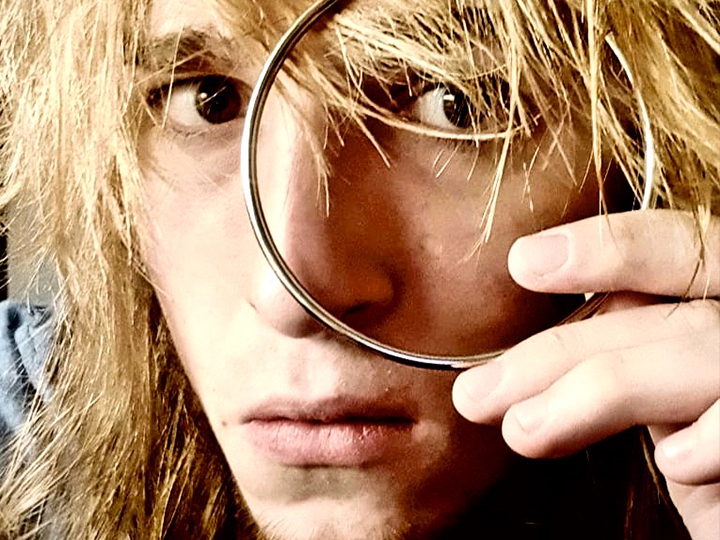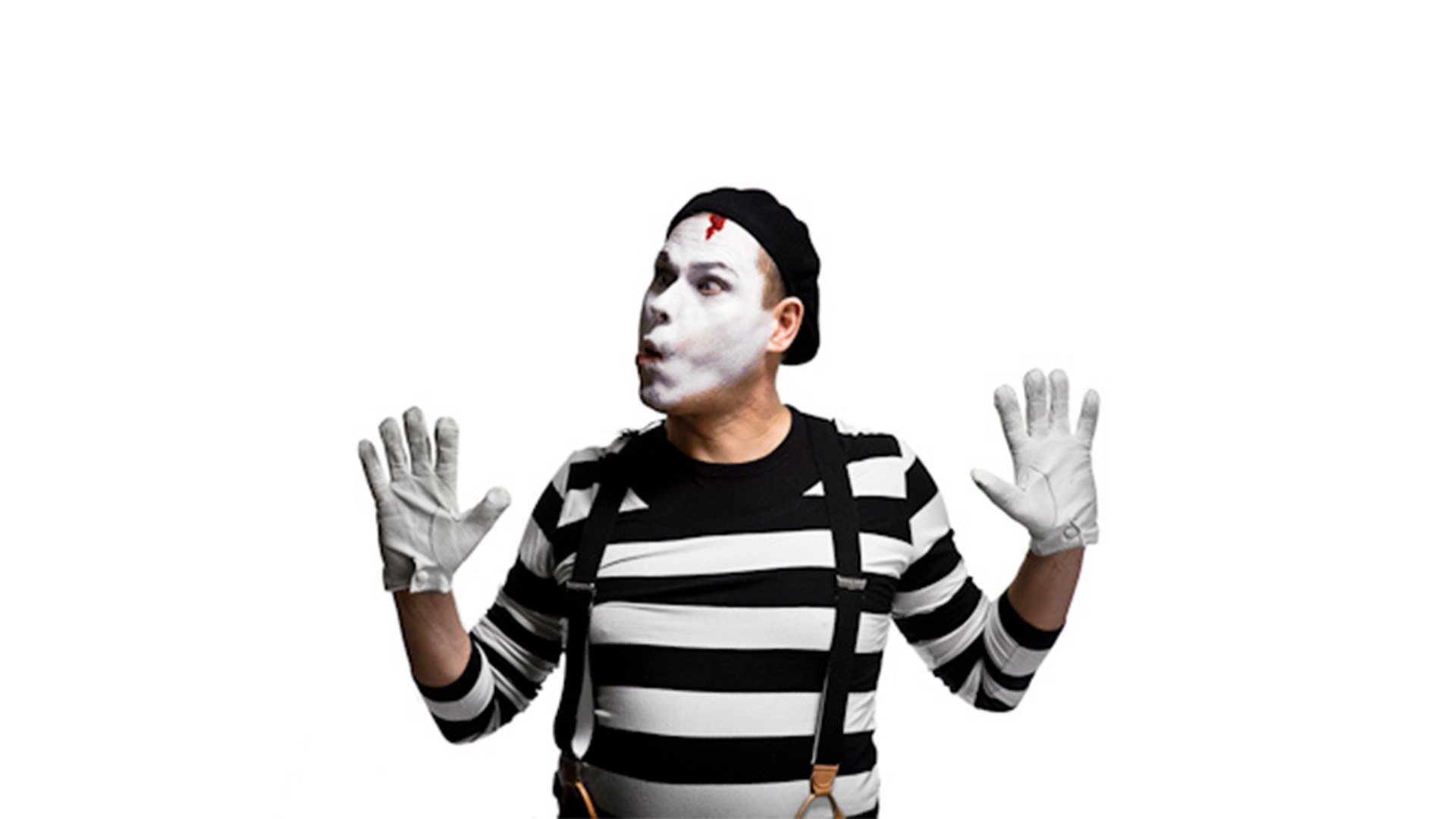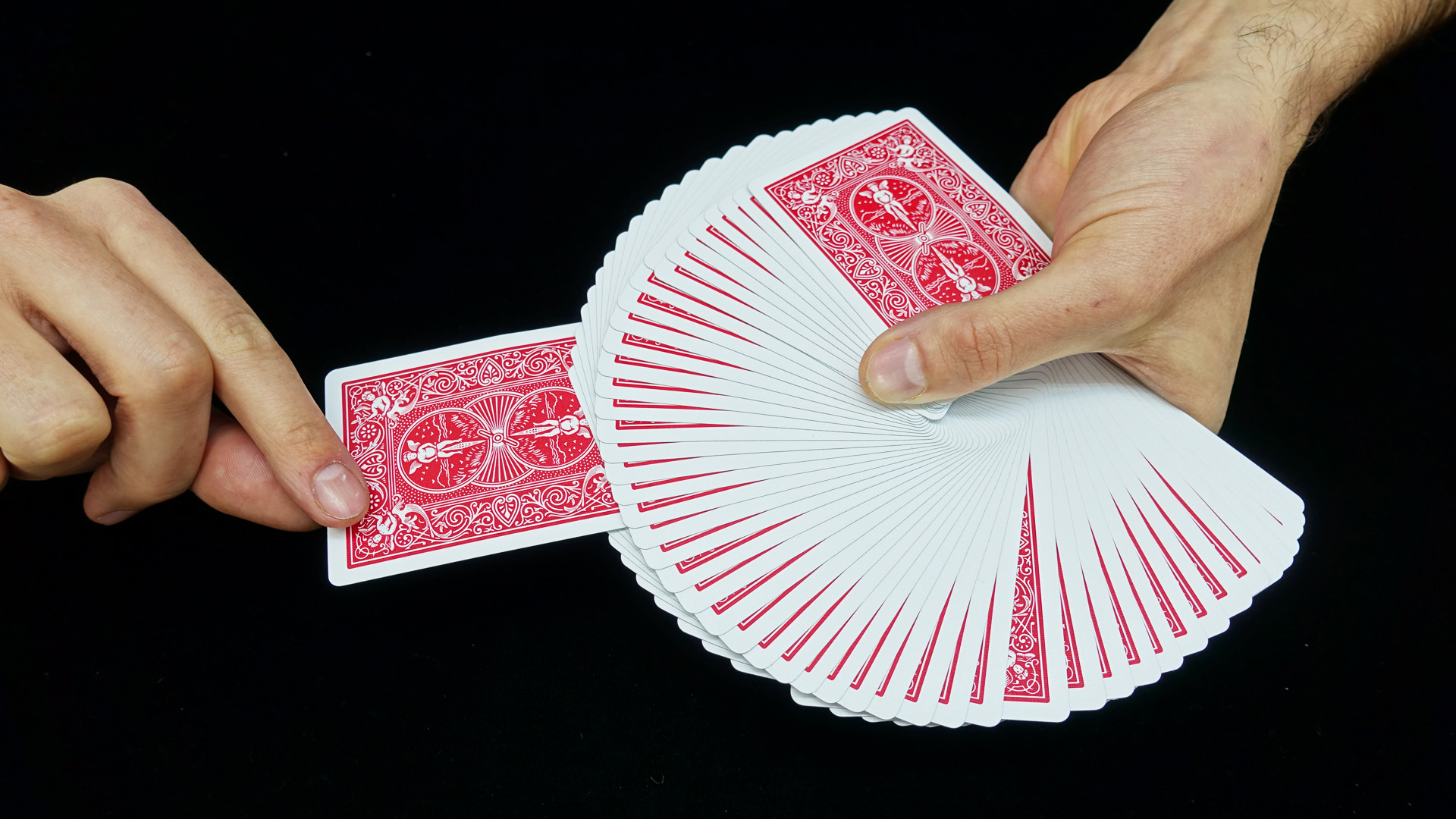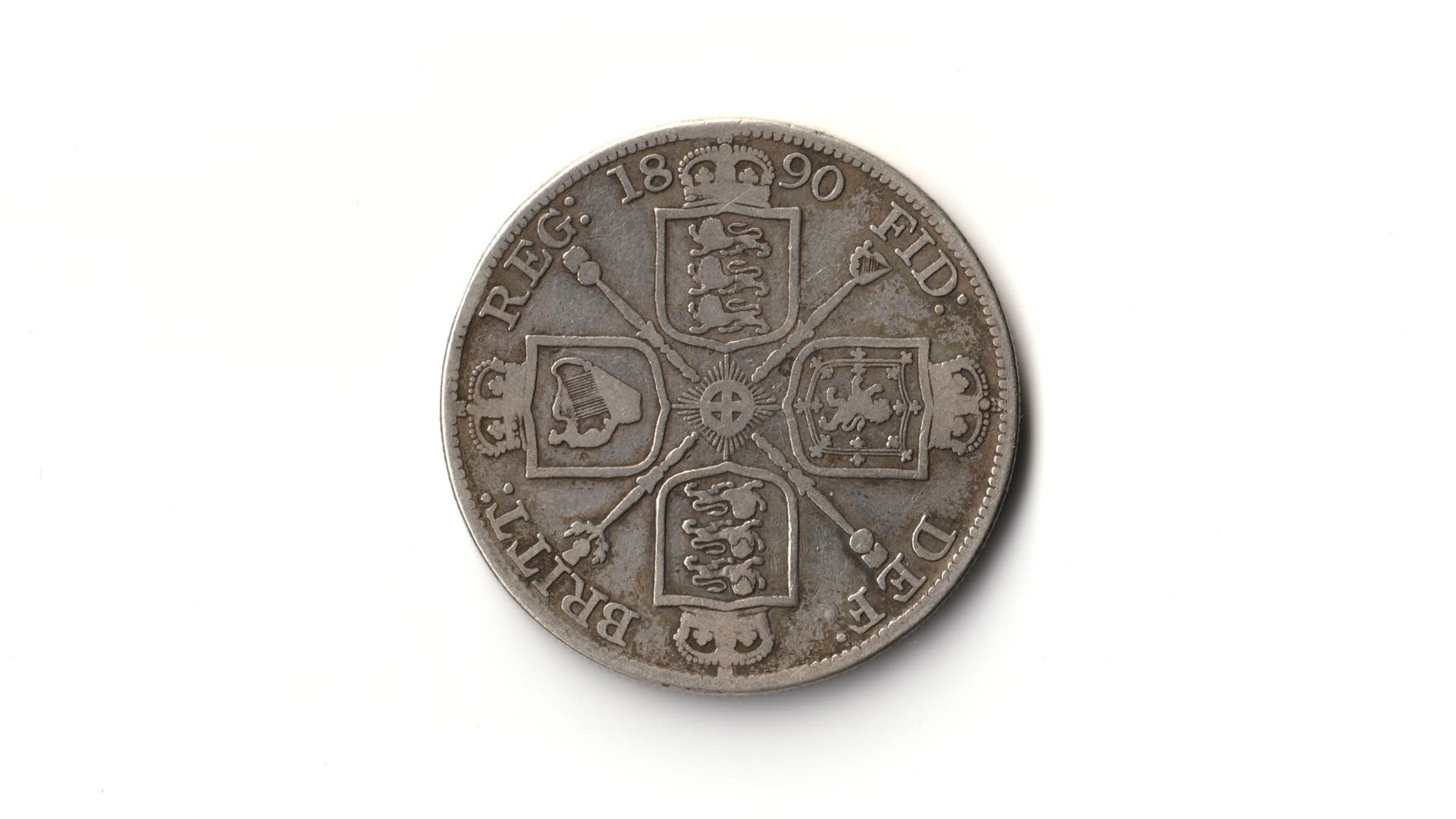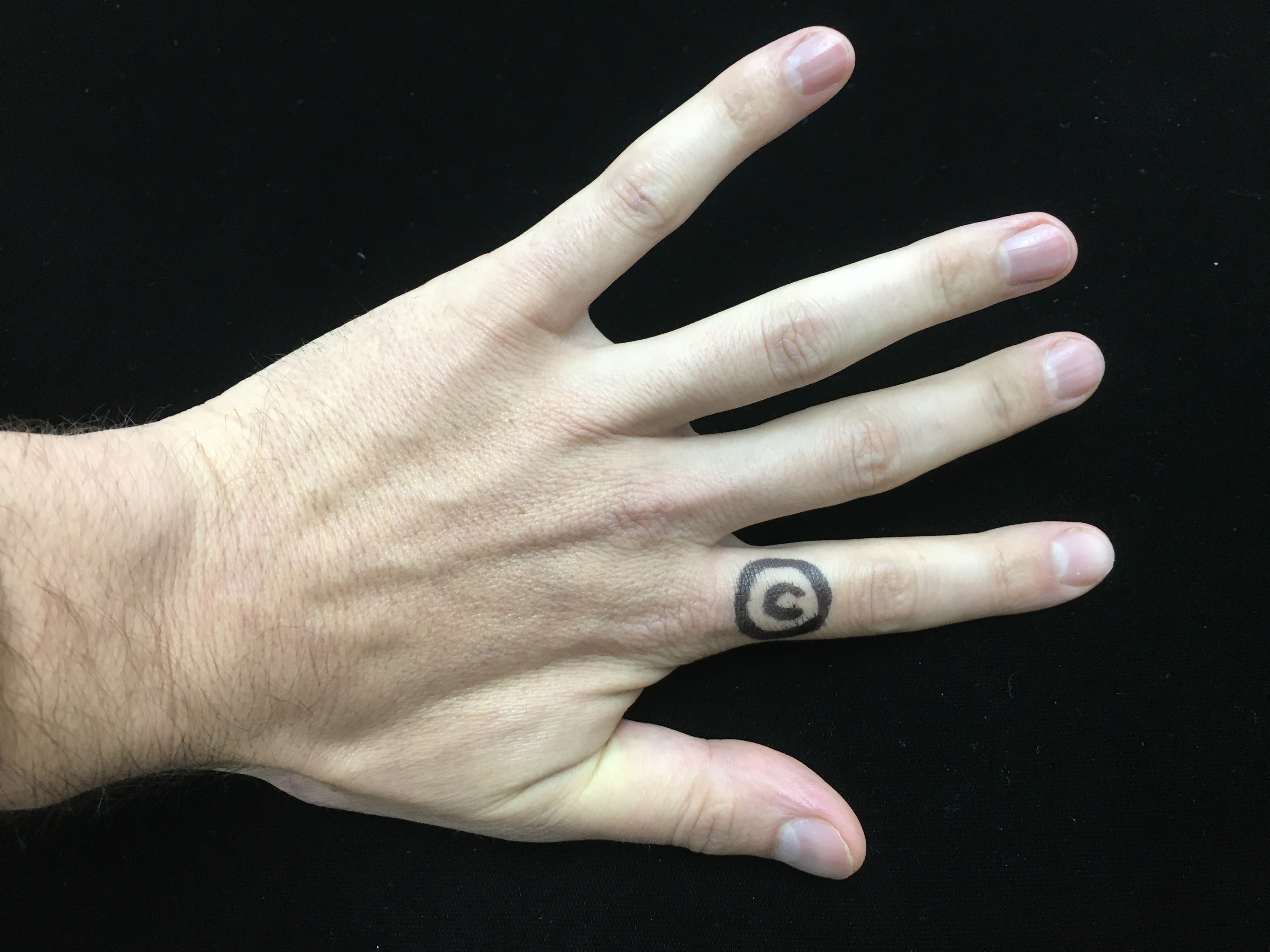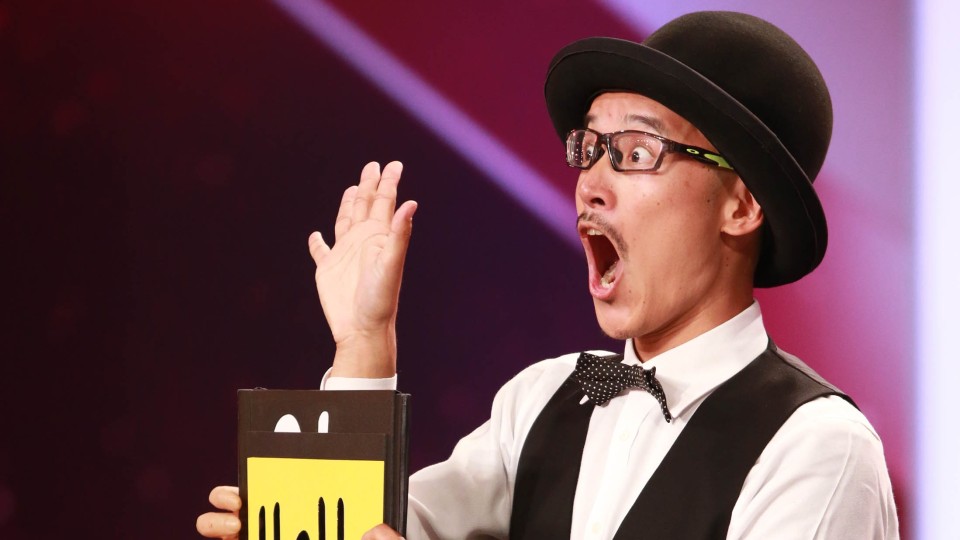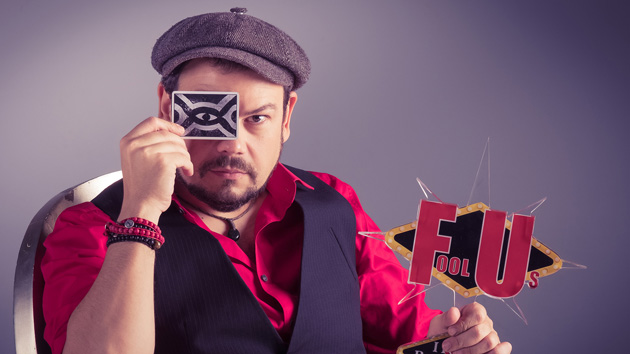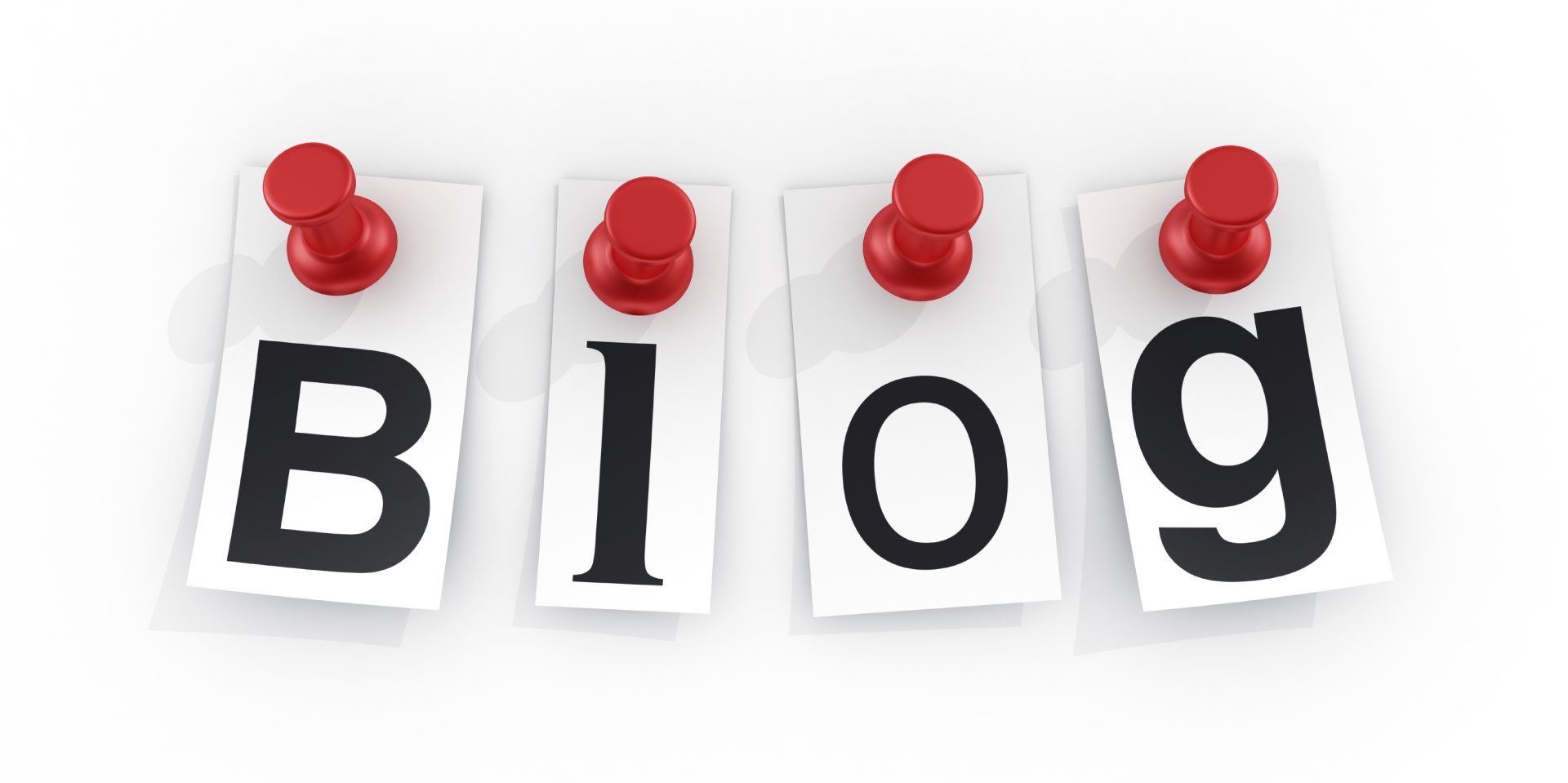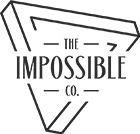What’s in a Name?
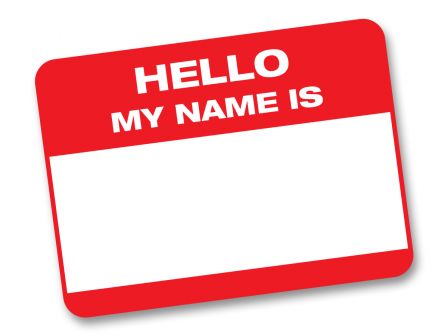
“A person’s name is to that person, the sweetest, most important sound in any language.”
Dale Carnegie
For close-up performers, the simple act of asking for, listening to, and remembering our spectators’ names can have a huge impact on the success of a show. In particular, three main benefits stand out:
Firstly, calling our spectators by name allows us a shortcut to building rapport. Every show starts out with a room full of strangers. If it ends the same way, that’s a sure sign that something hasn’t gone as planned (or at least it should be). In other areas of life, if we want to move past being mere strangers, the first thing we do is find out someone’s name. And this is just as true in the context of a show. As a general rule, people will tend to take an interest in us only to the extent that we seem interested in them. Even though the spotlight is pointed in our direction, If we can’t even muster the effort to learn a helper’s name, they can easily become nothing more than an unpaid assistant who is only there to shuffle, cut or select cards when we need them to. Rather than closing the gap, this type of audience interaction only serves to create distance between you and the spectators. Avoid this problem by always asking for people’s names whenever you interact with them during a show.
Secondly, strange as it may seem, the simple act of remembering names can function as a mini effect in itself. Doc Eason added one small change to the classic multiple selection routine and built his reputation off it: upon having a card selected and returned, he also asks for the spectator’s name. This is repeated with nine, ten or even more spectators until everyone has a card. After losing the cards back in the deck, Eason recalls each spectator’s name a moment before producing their card. Not only are the reactions for this extremely strong, but crucially, the audience start to react before the card is even found, suggesting that the mere recall of the audience’s names registers as an effect on its own.
Finally, a spectator’s name can be used against them as perhaps the most powerful weapon of misdirection. Often in a performing environment, while most of the audience are at the perfect viewing angle, there is one person whose line of sight makes performing a certain technique or sleight risky. We can either contort ourselves to shield things from their view, or instead misdirection the lone problem spectator at the critical moment. And here is where knowing their name can pay dividends. The psychological mechanism at play is something called the “cocktail party effect”, whereby the brain is able to laser in on salient information while filtering out background noise, just as a partygoer can focus on a single conversation in a noisy room. And when it comes to the cocktail party effect, by far the strongest example of the cocktail party effect is hearing one’s own name. A 2006 study showed that even people in a persistent vegetative state show brain activity upon hearing their name. It’s therefore not an exaggeration to say that as long as your spectator has a pulse, their attention is bound to be tugged at if you refer to them by name. The beauty of this is that your misdirection can be turned from an indiscriminate scattergun into a far more targeted sniper rifle, eliminating only those who pose a threat.
Of course, in between asking for and using the spectators’ names, you have the rather important business of remembering them. Rather than writing what would only be a brief, watered-down version of others’ work on the subject, it would be more helpful to point you in the direction of some books dedicated to memory technique. The Art of Memory by Frances Yates is probably the best place to start, while Moonwalking with Einstein by Josha Foer and The Seven Sins of Memory by Daniel L. Schachter are also highly recommended if you’re looking to go into more depth.


